Smart Forests
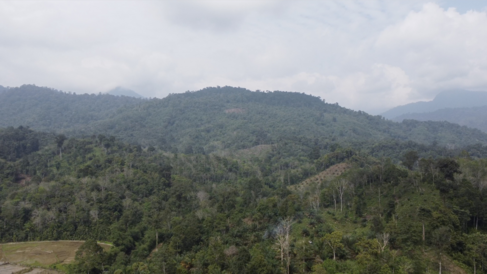
The Bujang Raba rainforest in Sumatra, Indonesia, site of a carbon monitoring project.
Digital technologies are providing new insights into forest ecology, but some communities fear these technologies could alter their relationships with ecosystems. A project based in the Department of Sociology is exploring the potential impacts of 'smart forests' and how to maximise the benefits for societies and environments.
By Edward Grierson
Digital technology is increasingly prevalent in monitoring forest ecosystems. Satellites, drones, sensors, and camera traps are now observing forests, while tools such as species ID apps, messaging apps, and Geographic Information Systems (GIS) are analysing and managing data.
These technologies have many advantages. They can access parts of forests that are difficult for humans or analogue technology to reach. Drones allow for more extensive surveys of flora and fauna in canopies, while satellite imagery can provide more detailed information about forest cover.
Many of these technologies also have the advantage of being able to survey areas for extended periods of time. For example, acoustic monitoring devices can operate remotely, creating rich eco-acoustic understandings of forests without ongoing human involvement.
However, these technologies are also affecting the power dynamics of forest environments.
There has been extensive research around the societal impacts of ‘smart cities’, where digital transformations of urban networks and services can reshape governance and social dynamics in urban areas. Digital technology is equally likely to reshape other environments, including forests: how they are utilised and who influences these decisions. However, the digitalisation of environments beyond cities has been relatively under-studied.
Many forest-dependent communities around the world are concerned about digital technologies eroding their agency over these ecosystems. In some cases, this same technology could also help communities secure their rights to them.
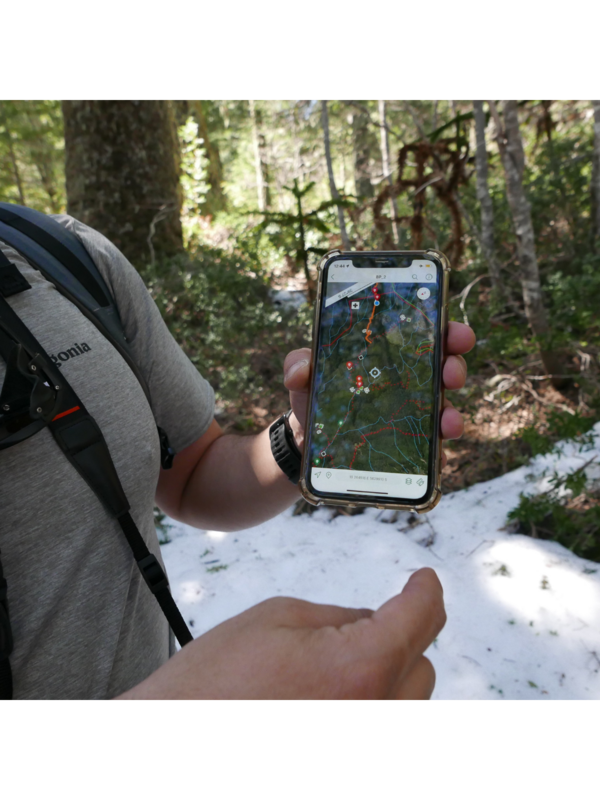
The SMART conservation app aids conservation by streamlining disparate datasets onto one platform. Credit: Jennifer Gabrys/Smart Forests.
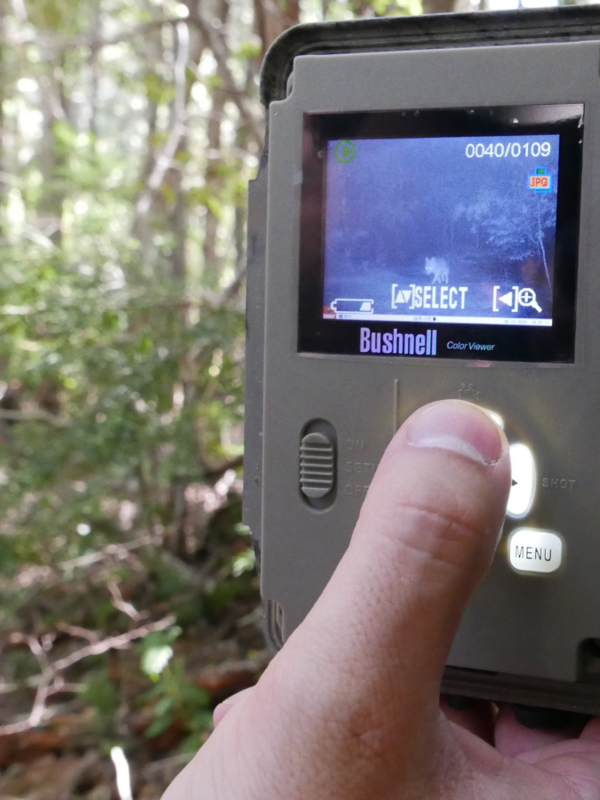
Camera traps allow for remote surveying of forest fauna. This one is being used in Bosque Pehuén, Chile, by Fundación Mar Adentro. Credit: Jennifer Gabrys/Smart Forests.
A fair transition
Smart Forests is a European Research Council funded project led by Professor Jennifer Gabrys at the University of Cambridge Department of Sociology. It is part of the wider Planetary Praxis research group, which focuses on enabling social, digital and environmental justice through practice-based investigations.
Gabrys was drawn to this project from her previous research on equitable environmental engagement. She highlights her work on Citizen Sense, which sought to encourage citizen participation in air quality monitoring, as part of a wider project to improve air quality in built environments.
“We thought about every component of that infrastructure from the perspective of how citizens would use the devices,” explains Gabrys. “How could they connect and use the data in effective ways? And how to do that in a way that connected with policymakers, developers, and people involved in making environments?
“I think this legacy has been brought into Smart Forests - to think about these problems not just from the perspective of making technology but also thinking about how new technologies are being rolled out by technology companies and governments. The implications of these socio-technical and economic developments are side-lined in the rush toward new devices. So, we want to re-centre that, as part of how to achieve just transitions.”

Jennifer Gabrys, Principal Investigator in the Smart Forests Research Group.
Gabrys has incorporated a Policy Analyst role into the Smart Forests project to encourage cooperation between academia and public policy. Phoebe Hamilton Jones, who currently holds the position, also works as a Senior Social Researcher in the Landscape Recovery team at the UK Department for Environment, Food and Rural Affairs (Defra).
“This side of the project feels like a way to be much more practise-focused”, says Hamilton Jones. “We’re thinking about how we can marry up academic research and policymaking, to make sure that it happens out in the world as well as in academia.”
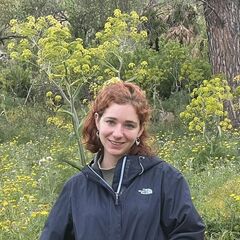
Phoebe Hamilton Jones, Policy Analyst in the Smart Forests Research Group.
Hamilton Jones and Gabrys are part of a larger team, including Michelle Westerlaken, Yuti Ariani Fatimah and Trishant Simlai, which has collaborated with forest communities across the world to study how forest livelihoods and governance are being reshaped. The Smart Forests project case studies include carbon markets in Indonesian tropical forests, fire technologies and community-led prevention practices in Chilean forests, biodiversity technologies and plans in temperate woodlands in the Netherlands, and participatory mapping technologies in Indian forests near the Himalayas. People in these areas undertake various practices with digital technologies, including mapping the boundaries of forest ecosystems using GIS and satellites, and cataloguing biodiversity using remote sensors and cameras.
The results of their research are collated into a digital platform called the Smart Forests Atlas. This platform provides a living archive and virtual field site exploring how digital technologies are transforming forests. The Atlas includes open data from the Smart Forests project, and provides tools for researchers, stakeholders and publics to gather, explore, analyse, annotate, reflect on and reimagine smart forest knowledges and technologies.
From this data, a preliminary report has been produced, identifying 5 key findings around the use of technology in forest ecosystems.
Smart Forests: five key findings
1. Smart forest technologies are changing forest engagements and livelihoods.
2. Smart forest technologies are unevenly distributed, and resources are often scarce.
3. Smart forest technologies are transforming forest governance.
4. Smart forest technologies are shifting power dynamics between communities, states, and technology companies.
5. Smart forest technologies can strengthen and enable forest networks.
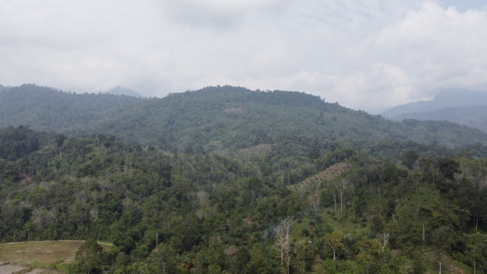
Drone view of Sungai Telang, Jambi, Indonesia. This village is one of the five involved in the Bujang Raba landscape project. Credit: Yuti Ariani Fatimah/Smart Forests.
Technologised forests
Digital technology is altering how people engage with ecosystems worldwide. The impacts and dynamics vary with each context, in part because technologies are often designed and produced in the Global North and deployed in the Global South.
The emergence of carbon credits has led to notable shifts in forest interactions. Carbon credits seek to enable the offset of carbon emissions by issuing ‘credits’ that allow owners to emit a certain amount of carbon dioxide. These credits intend to provide funding to protect and restore ecosystems such as forests, which sequester carbon and support biodiversity. By now, they are creating new markets which view forests as a commodity, and many communities rely on the funds these credits bring.
The Smart Forests report cites the Bujang Raba landscape in Sumatra as an example of how technology has enabled communities to leverage this funding and protect their forest ecosystems. Proposed by a non-government organisation, KKI Warsi, the Bujang Raba project was one of the first community projects in Indonesia to aim to reduce emissions from deforestation. Five communities are involved in preserving 5,336 hectares of tropical rainforest, to prevent approximately 630,000 tonnes of carbon dioxide emissions.
The project monitors carbon stocks, socio-economic factors, biodiversity, other environmental services, and the drivers of deforestation using Landsat remote sensing to detect land use in the project area. It also deploys camera traps, fixed-point photography, forest patrols and the Avenza Maps application to cross-check satellite data. Avenza Maps enables forest patrollers to record evidence of illegal tree felling, encroachment, and fires on the carbon project’s georeferenced map.
The programme was certified by the carbon crediting programme Plan Vivo. To date, this technology-facilitated project has enabled the protection of community forests and ecologies and provided training and livelihoods for some community members.
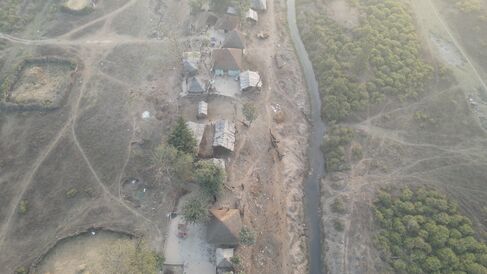
A drone view of a Van Gujjar settlement, in Uttarakhand, India. Credit: Trishant Simlai/Smart Forests.
Unintended consequences
But this reliance on digital technology can have unintended consequences. Another issue highlighted by Smart Forests is unequal access across different communities. Some forest communities are more likely to receive smart forest technology support from private and public sources, for example, if they are better equipped to attract funding due to media connections, language skills, or dedicated personnel.
Such resources can enable communities to survey their lands, helping protect forests from activities such as deforestation in the process. However, this could have the effect of shifting deforestation to other communities who lack similar infrastructure, resources, and connections.
The report also points to issues of unequal access within communities. Within many communities surveyed, in-groups such as certain genders, ages, or those with certain levels of education, are more likely to be using these technologies.
In Uttarakhand in India, marginalised pastoralist Van Gujjar communities have been using drones and GPS to map forests where they have ancestral claims. The Van Gujjars have used the resulting digital maps to assert their land rights through India’s 2003 Forest Rights Act. However, this work has been disproportionately carried out by men with secondary education. In cases such as these, technology can exacerbate existing education and skills gaps.
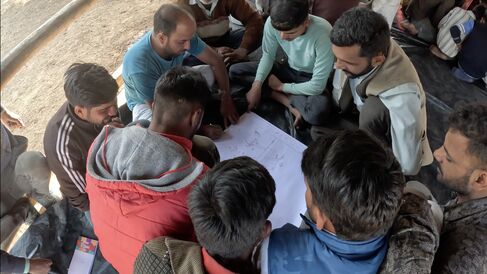
A field school for Van Gujjar communities in India. Credit: Trishant Simlai/Smart Forests.
Shifting power dynamics
New technologies are also changing forest governance, with potentially negative consequences. Smart Forests raise concern about the growing influence of technology companies over forest ecosystems.
In La Araucanía in Chile, programmes to coordinate wildfire responses rely on remote sensing data and AI-processed image sets, which can be difficult for communities to access. Similarly, fire officials often use WhatsApp to contact each other, which raises issues of digital sovereignty, and more practically can present a problem in areas without stable Wi-Fi, which could hinder responses to wildfires.
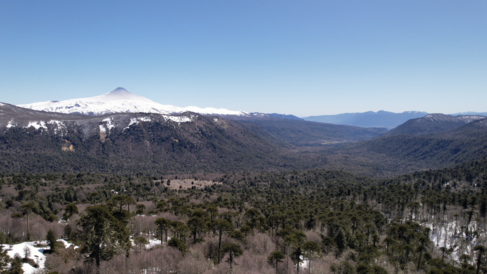
A drone view of Villarrica Volcano, near the Bosque Pehuén conservation area in Chile. There are concerns around unequal access to fire management technology in this area. Credit: Jennifer Gabrys/ Smart Forests.
Meanwhile in the Bujang Raba project, when communities rely on companies such as Plan Vivo and Landsat for their research, the suppliers can shape what gets recorded, who can do the recording, and the resultant policies that are enacted.
Smart Forests also raise concerns about technology reshaping relations between communities and their governments. When states control access to technology and the data collected, this access can be used for wider societal control. In the aforementioned Van Gujjar communities – who were violently evicted from their lands by the Indian state – many people are wary about the use of drones, which have also been used for state surveillance.
With these shifting dynamics comes a fear that the perspectives offered by technology could become predominant. In the ecovillage, Ecodorp Boekel, in the Netherlands, community members noted that species monitoring technologies (such as camera traps or eco-acoustics) can encourage a prioritisation of species that are more easily observed and overlook less detectable species and ecological relations.
Likewise, most of the historic knowledge of fire management in Chile is based in local communities, including Mapuche communities. This knowledge has played a key role in sustaining many ecosystems. However, the information now being collected through digital technology could overwrite locals’ knowledge, weakening their influence over their ancestral lands.
However, the final key finding in this report is arguably the most important: none of these issues are inevitable. This technology can be utilised in ways that benefit forests and the communities that live in them.
One example lies in Scotland’s Forest Woodlands project, which has produced a digital map of Gaelic place names that indicate historic presence of woodlands. By doing so, it has not only helped prioritise areas for conservation, but helped preserve Scotland’s cultural heritage.
“This is the key space to think about what new social worlds are forming, what kinds of inequalities are they creating, but also what kinds of opportunities they might afford,” says Gabrys.

A blue tit, captured in a NestBoxLive bird camera installed at Ecodorp Boekel ecovillage. Conservationists fear that more observable and photogenic species could be prioritised. Credit: Michelle Westerlaken/Smart Forests.
Equality of access
To respond to the issues raised through the Smart Forests research, and to facilitate more robust community involvement, the team created a series of proposals for making digital technology more equitable.
Many of the organisations surveyed provide communities with training in using forest technologies. Smart Forests propose that this training be sustained over time and include local knowledge and existing forest community practices. This might mean working with analogue processes such as paper mapping alongside digital methods. This is already the case in Uttarakhand, which recognises that digital technologies do not always offer the most accessible or insightful surveying practices.
Hamilton Jones and Gabrys also emphasise a need for local and indigenous knowledge to be carefully engaged when implementing other scientific techniques. Indigenous Amazonian communities achieved this through the Papo De Parente podcast, using a digital medium to spread discussions about indigenous knowledge.
There is also a need for equitable access to digital technologies such as mapping and observation tools. Training should include not just skills, but also data rights and protection. Equitable access could avoid reinforcing systemic disparities and reduce the risk of certain areas or species being prioritised. Citizen science platforms, such as the Durham Wildlife Trust’s MammalWeb, achieve this by creating public forums for camera trap data. This data can be added to and verified by anybody. The Smart Forest Atlas also seeks to foster networks. Data from across the world is displayed in 6 languages on a globally accessible platform. This includes information about all types of digital forest projects.
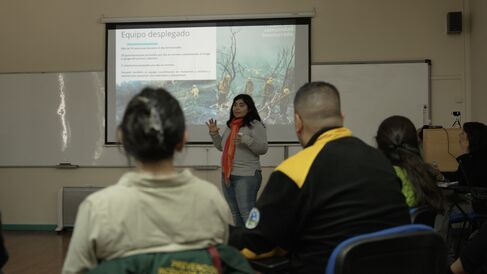
Fields schools in Chile, such as this one at the Universidad de la Frontera, Temuco, are teaching community-led fire practices. Credit: Mind the Film/ Smart Forests.
Co-designed solutions
Communities should also be involved iteratively in the design of forest tech infrastructure. Doing so helps ensure technologies are beneficial and useful to the people relying on them. Diverse inhabitants in Ecodorp Boekel ecovillage in the Netherlands trial new biodiversity-monitoring technologies on site, so that feedback can be incorporated into the designs.
Forest networks can be strengthened and enabled by technologies, allowing communities to connect across boundaries and engage with environmental concerns. The report highlights individual examples of this, such as the Redario platform, which connects seed networks across Brazil.
For example, Ecodorp Boekel ecovillage has developed connections with the Global Ecovillage Network, national and local sustainability organisations, funders, researchers and partners through engaging with experimental technologies and digital networks. Doing so allows community-led projects to reach a wider audience, helping advance their cause. It also allows communities in different countries to learn from each other and provide support where necessary.
Finally, there is a need to diversify technology provision, encourage community- and research-oriented technology infrastructures or to develop publicly owned technology systems.
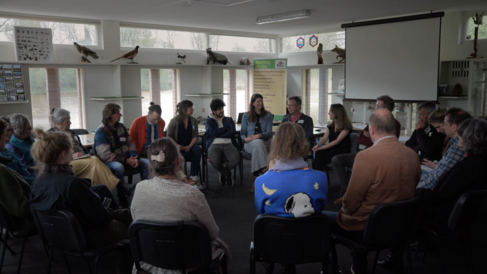
A field school at Ecodorp Boekel, discussing the application of forest technologies. Credit: Mind the Film/ Smart Forests.
Socially just technology
By providing more opportunity for community-led forest technologies, Hamilton Jones and Gabrys hope to create more socially just technical worlds.
“[Smart Forests] doesn't sit on either side. We don’t say that technology is good or bad for forests,” says Hamilton Jones.
“It's very much taking a view of how forests are becoming technologised, and then asking what the consequences are. Sometimes those are dangerous for communities. But at other times, technology is being deployed in ways that can allow communities to map their lands or monitor biodiversity.”
“We want people to think about how environments are changing,” Gabrys explains, “And how digital technologies are being put forward as a way to manage, and even potentially address and overcome, the problem of planetary change.”
